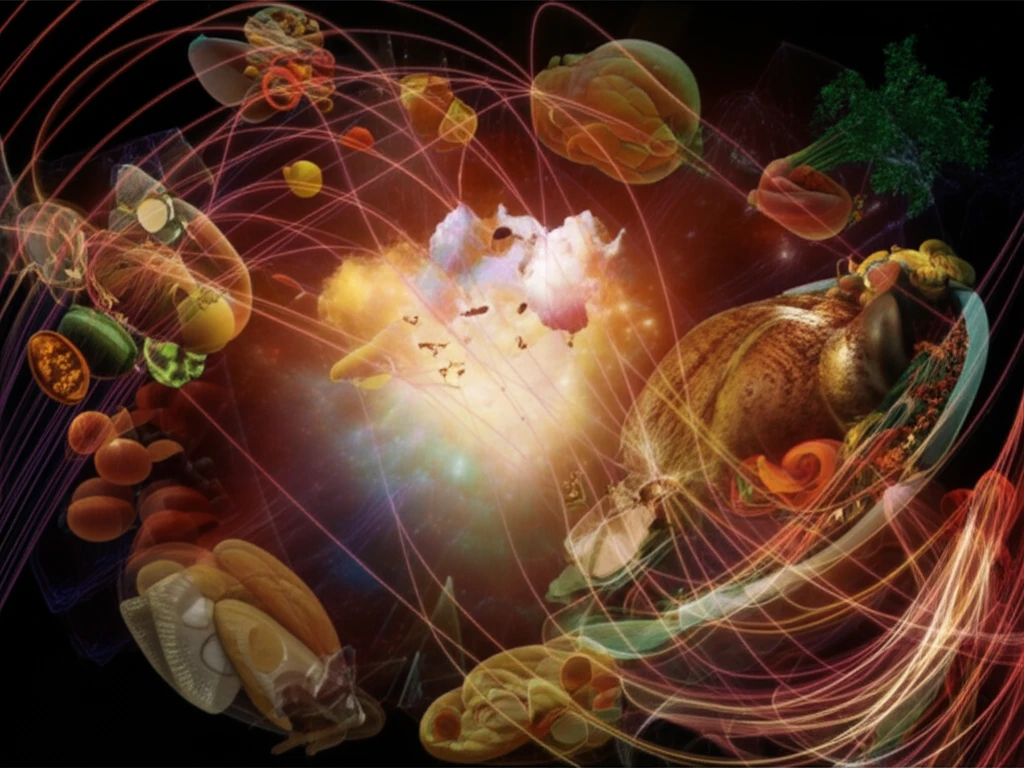
Is Your Food Really Safe? Unveiling the Secrets of Radio Frequency Pasteurization
"Explore how radio frequency heating can revolutionize food safety, ensuring your favorite snacks are pathogen-free without sacrificing quality."
In an era where food safety is paramount, innovative technologies are constantly being explored to ensure the products we consume are free from harmful pathogens. Radio frequency (RF) heating has emerged as a promising method for food pasteurization. Unlike traditional heating methods that can degrade food quality, RF heating offers a rapid and volumetric heating approach, potentially preserving the taste and nutritional value of our favorite foods.
However, the widespread adoption of RF heating faces a significant hurdle: heating uniformity. Inconsistent heating can lead to under-processing, allowing pathogens to survive, or over-processing, which compromises food quality. Achieving the right balance is crucial for ensuring both safety and consumer satisfaction.
Recent research has focused on optimizing RF heating patterns to improve temperature distribution within food products. This article delves into a groundbreaking study that explores new heating strategies and evaluation methods to enhance the effectiveness and reliability of RF pasteurization. Understanding these advancements is key to unlocking the full potential of this technology and ensuring the safety of our food supply.
The Science Behind Radio Frequency Heating

Radio frequency (RF) heating uses electromagnetic energy to heat food products. Unlike conventional methods that rely on conduction or convection, RF energy penetrates the food, causing molecules to vibrate and generate heat internally. This volumetric heating approach offers several advantages, including faster heating rates, shorter processing times, and improved energy efficiency.
- Frequency: The frequency of the RF energy affects its penetration depth and heating rate.
- Dielectric Properties: These properties determine how efficiently a food absorbs RF energy.
- System Configuration: Electrode design and sample placement influence the distribution of the electromagnetic field and, consequently, the heating pattern.
The Future of Food Pasteurization
Radio frequency heating holds immense promise for revolutionizing food pasteurization. By optimizing heating patterns, employing innovative evaluation methods, and strategically using dielectric materials, we can unlock the full potential of this technology. As research continues and practical applications expand, RF heating could become a cornerstone of modern food processing, ensuring safer, higher-quality food products for consumers worldwide.
